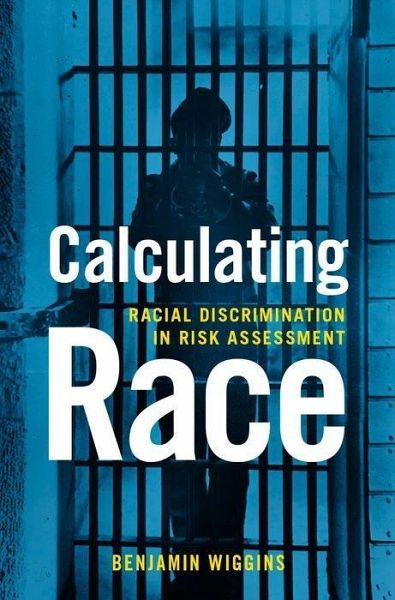
Calculating Race
Racial Discrimination in Risk Assessment
Versandkostenfrei!
Versandfertig in über 4 Wochen
102,99 €
inkl. MwSt.
Weitere Ausgaben:

PAYBACK Punkte
51 °P sammeln!
It is well established that significant gaps in wealth, incarceration, and homeownership exist between the racial groups of the United States, with whites at the top and blacks, Latinx, and indigenous peoples at the bottom. However, scholars have not fully grasped the role that risk-assessment calculations play in creating and maintaining such disparities. Calculating Race expands our understanding of racial disparities in the United States by recounting how insurers, criminologists, the federal government, financial institutions, and others constructed people of color as risks. It illustrates...
It is well established that significant gaps in wealth, incarceration, and homeownership exist between the racial groups of the United States, with whites at the top and blacks, Latinx, and indigenous peoples at the bottom. However, scholars have not fully grasped the role that risk-assessment calculations play in creating and maintaining such disparities. Calculating Race expands our understanding of racial disparities in the United States by recounting how insurers, criminologists, the federal government, financial institutions, and others constructed people of color as risks. It illustrates how, as industry and government strove to base policy on "objective" data and "sound" mathematics, they read evidence of racial disparities as evidence of racial inferiority and, in that miscalculation, advanced racialized structural violence.













